What’s New with Immigration Laws?
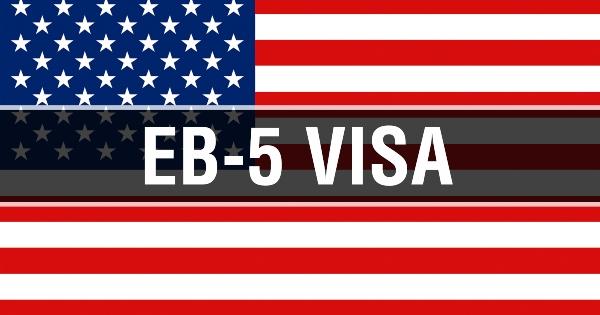
By Lauren White, RCS Reporter.
The EB-5 regulations have new changes that are already in effect.
The “Final Rule” published by the Department of Homeland Security (DHS) on July 24, 2019, amends the regulations of the employment-based, fifth preference immigrant investor classification, EB-5. According to the U.S. Citizenship and Immigration Services (USCIS), the EB-5 Immigrant Investor Program was, “...created by Congress in 1990 to stimulate the U.S. economy through job creation and capital investment by foreign investors.”
When the Final Rule came into effect on November 21, 2019, “USCIS, the agency tasked by DHS to administer the U.S. 's naturalization and immigration system, will implement the changes the Final Rule presents to existing regulations,” Cotney Construction Law explains. This has been a process in the making for two-and-a-half-years since USCIS published a Notice of Proposed Rulemaking on January 13, 2017
There were three major changes to the EB-5 regulations dealing with priority dates, minimum investment amounts, and targeted employment area (TEA) designations. There were also two technical changes to the regulations focusing on removal of conditions and other various regulation changes.
Priority Dates
“A priority date is the date that an immigrant seeking a green card lets the U.S. government know of his or her intention to immigrate to the U.S.,” according to Cotney Construction Law. An EB-5 priority date differs in that it’s the day the “...USCIS receives and processes the immigrant’s Form I-526,” Cotney Construction Law clarifies. The EB-5 petition is also known as the Immigrant Petition by Alien Entrepreneur. Because there’s a statutory limit on the amount of green cards that can be issued each year, priority dates are used in immigration law to establish a virtual line.
Cotney Construction Law explains, “Under the Final Rule, certain EB-5 petitioners will be able to keep the priority date of an approved EB-5 petition for subsequent EB-5 petitions filed with USCIS.” There are a couple reasons to file a subsequent EB-5 petition, such as, USCIS terminating a regional center, or if qualifying aspects of the approved EB-5 petition change. If one of these situations happens, the priority date of the approved EB-5 petition carries over. However, the priority date won’t carry over if there’s, “...fraud or willful misrepresentation of a material fact or a determination by USCIS that the prior approval was based on a material error,” Cotney Construction Law clarifies.
The old regulations didn’t have the option of allowing a priority date of an approved EB-5 petition to be carried over to a subsequent one. With the Final Rule, “...if the immigrant files a new EB-5 petition after a removal of conditions petition is denied, the priority date from the approved EB-5 petition cannot be carried forward,” according to Cotney Construction Law.
Minimum Investment Amounts
Another important change is the minimum investment amounts. The original regulation amounts hadn’t been adjusted for inflation since the EB-5 program was created in 1990, until now.
With the Final Rule, the minimum investment amounts have been increased. For original regulations, the investment in a TEA was $500,000, whereas with the 2019 regulations it is $900,000. The standard investment (non-TEA) was $1,000,000 with the original regulations, and now it has increased to $1,800,000. DHS originally wanted to increase the TEA minimum investment amount from $500,000 to $1,350,000. In the end, DHS kept the same proportions the original regulations had.
Some investors might be deterred by the higher amounts of the minimum investments. This will “reduce the EB-5 investor pool available to project developers, particularly projects through regional centers,” Cotney Construction Law explains. Over time, the effects of this change will be determined, as will the impact it has on future EB-5 investments.
Every five years, starting on October 1, 2025, the minimum investment amounts will be adjusted for inflation. This will be based on the Department of Labor’s Consumer Price Index for All Urban Consumers for the U.S. City Average, instead of $1,000,000 in 1990.
Targeted Employment Area Designations
DHS made changes to the high unemployment area definition and how TEAs are designated with the Final Rule. Cotney Construction Law explains, “A TEA is an area, at the time of investment, that is a rural area or an area of high unemployment (with at least 150% of the national average).” While that definition remains the same, “the definition of what constitutes an area of high unemployment and how some of these areas are designated have changed,” according to Cotney Construction Law.
There are a few conditions that need to be met in order for a business to automatically qualify being located in a TEA. The business needs to be located in an area of high unemployment, more specifically, 150% unemployment compared to the national average. It also needs to be located in, “a Metropolitan Statistical Area (MSA), a specific county within the MSA, a county of which a city or town with a population of 20,000 or more is located, or a city or town with a population of 20,000 or more outside an MSA,” according to Cotney Construction Law. A special designation is needed for all other areas.
DHS has transferred the authority to USCIS to grant this designation. Previously, the state where the area was located had that jurisdiction. “This change will have wide-reaching consequences to the EB-5 market,” Cotney Construction Law reveals.
“First, most regional centers and many regular EB-5 investors operate the principal place of business for the EB-5 in areas that require the designation of the state to qualify as a TEA area,” Cotney Construction Law shares. “States were very friendly to their businesses and routinely compiled census tracts in creative ways to qualify the area as a TEA, going beyond the census tract and its directly adjacent tracts.” Now, with the Final Rule in effect, the USCIS makes this determination. USCIS won’t expand the number of census tracts compiled to grant favorable designations and make the area a high unemployment area. Instead, the census tracts will be confined to the tract where the business is located and the directly adjacent census tracts.
Secondly, before making an EB-5 investment, the investor was able to ask the state if a certain area qualified as a TEA. With this change, investors cannot ask that question and they risk USCIS not granting the special designation. This was an unintended consequence, nonetheless, this could prevent EB-5 investments.
Removal of Conditions
“The Final Rule makes two changes to petitions for removal of conditions placed on the green card,” Cotney Construction Law explains. The first change is that USCIS can require an interview with the investor and his or her family present. The interview can occur at, “...the USCIS office closest to the investor’s commercial enterprise, U.S. residence, or at the location where the petition is being reviewed,” Cotney Construction Law shares. Previously, interviews took place closest to the investors residence at a USCIS office. Since there are regional centers located throughout the country and it’s common for investors to invest in EB-5s away from their home, investors might have to travel in order to be present at an interview.
The second change concerns the ramifications of an investor and/or his or her family filing a petition for removal of conditions late, not showing up for an interview, or having a petition denied. Any one of these could result in, “the automatic termination of permanent resident status and USCIS will send a Notice to Appear at an immigration court for deportation proceedings before an immigration judge,” Cotney Construction Law discloses.
Effective Date
The Final Rule became effective on November 21, 2019. The old regulations will still apply to EB-5 petitions filed before this date according to DHS. These petitions will be able to use the lower investment amounts and the TEAs designated by a state.
An EB-5 investment isn’t something to rush into. A mistake can cost between $400,000 and $1,300,000. It’s important to have an immigration attorney who has experience with direct and regional center EB-5s to assist with this process.
Consult an experienced construction attorney like Cotney Construction Law to help guide you through the EB-5 process.
Disclaimer: The information contained in this article is for general educational information only. This information does not constitute legal advice, is not intended to constitute legal advice, nor should it be relied upon as legal advice for your specific factual pattern or situation.
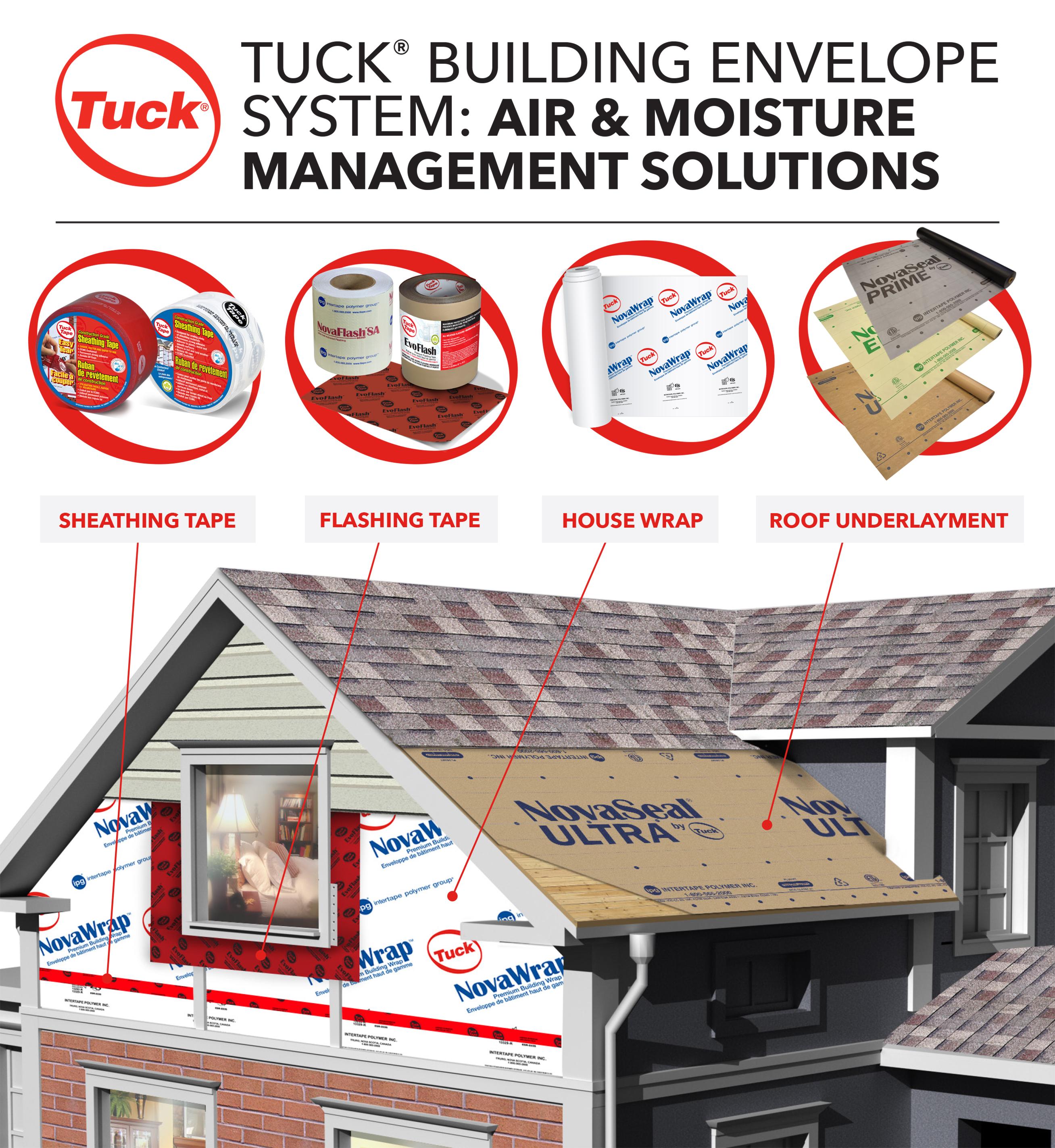












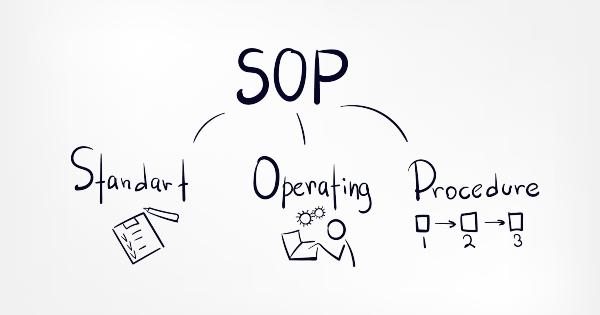

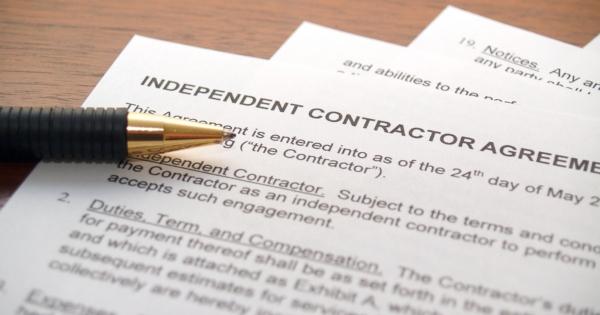

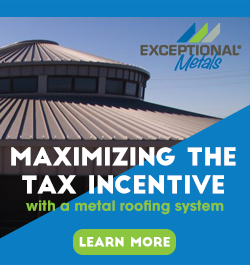





Comments
Leave a Reply
Have an account? Login to leave a comment!
Sign In